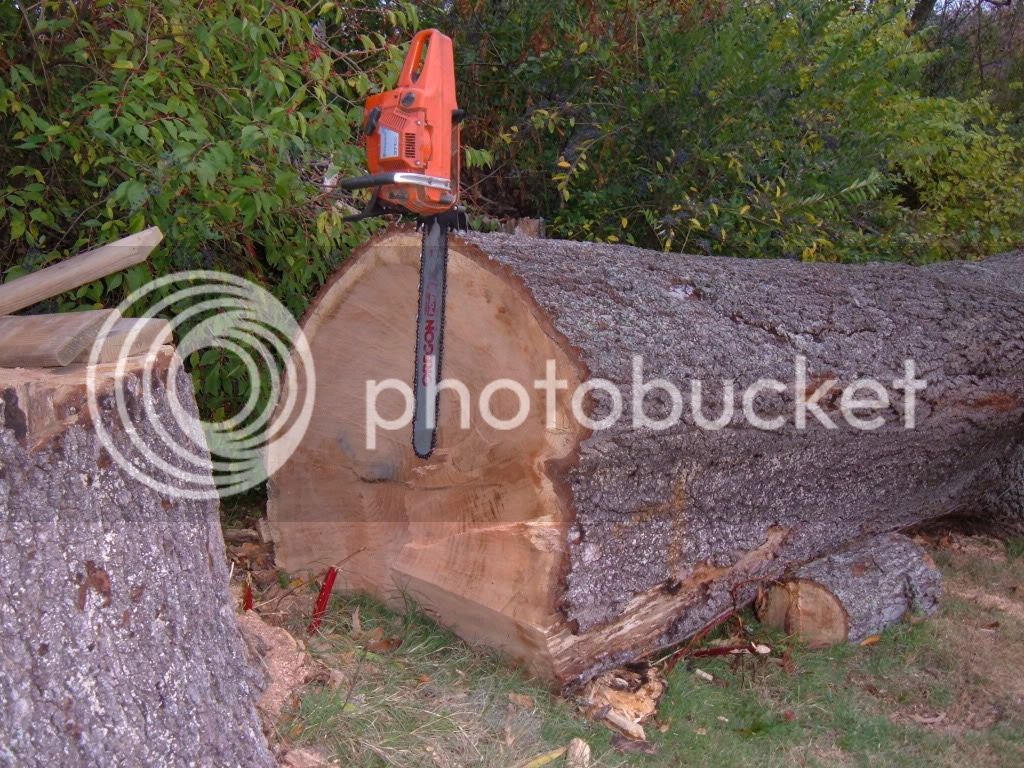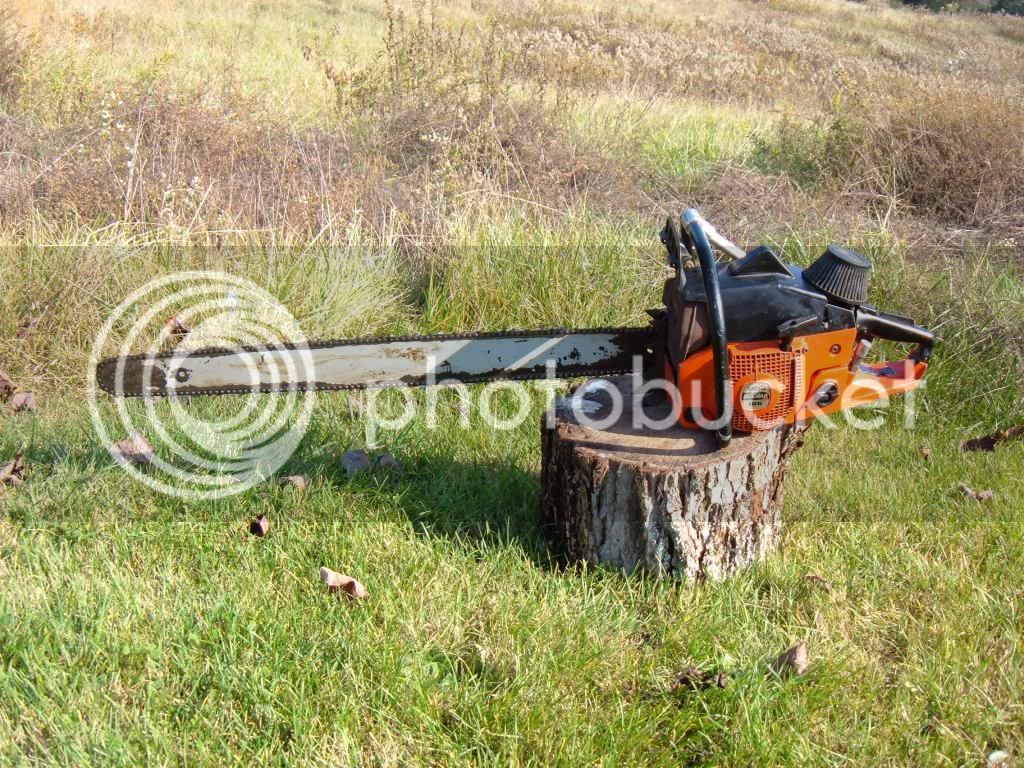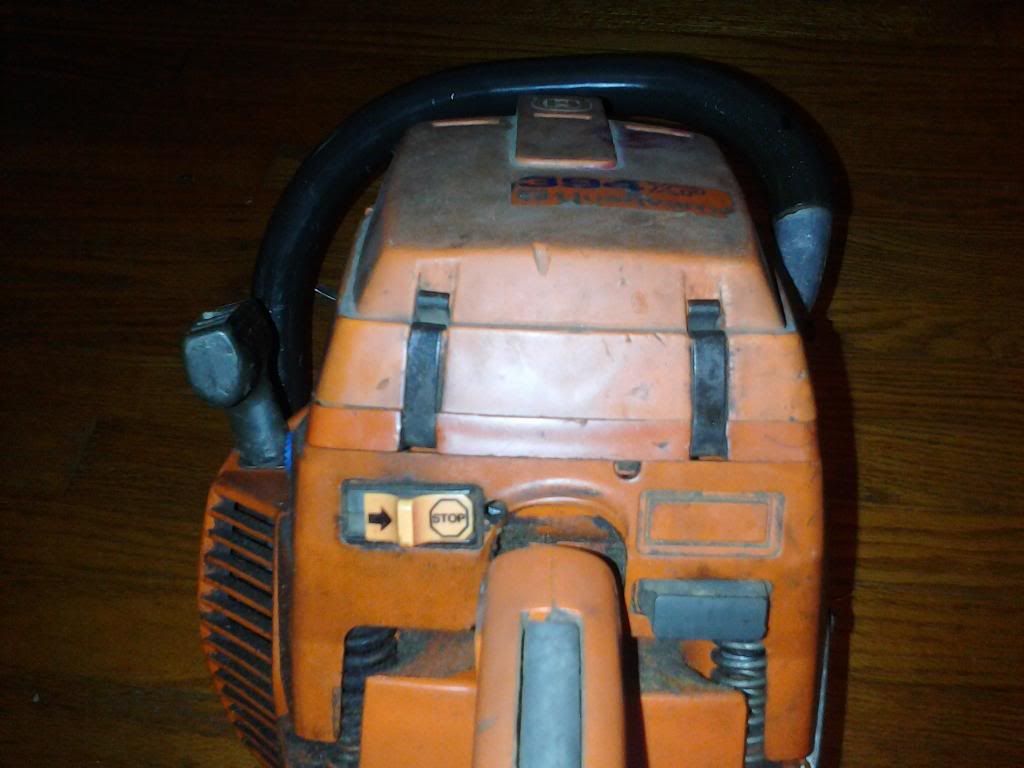cowroy
Addicted to ArboristSite
I recently lucked up and was able to buy a Dolmar 166. I am about to have it ready to use and have been looking to buy a panther mill II to do some chainsaw milling. I have searched, but can't seem to find how to choose a mill length based off of bar length. It has 36" of usable bar past the bucking spikes and I could probably get a couple more if I took the spikes off. I hope it's not a dumb question to ask what size mill should I get for it. I have tried to get a longer bar, but can never be the right place at the right time. A new cannon is $400 dollars and that is just not gonna happen. So, does a 36" mill go on a 36" bar or how does this work? Sorry if I am making this more difficult than it is. As far as the size wood I will be milling, who knows. If I would have had a mill, I would have milled this baby. That is a 24" bar for reference. I might brake down one day and buy the 60" bar but no time soon. TIA!
Red Oak

Red Oak








 I'd love to have one but dang they are expensive.
I'd love to have one but dang they are expensive.